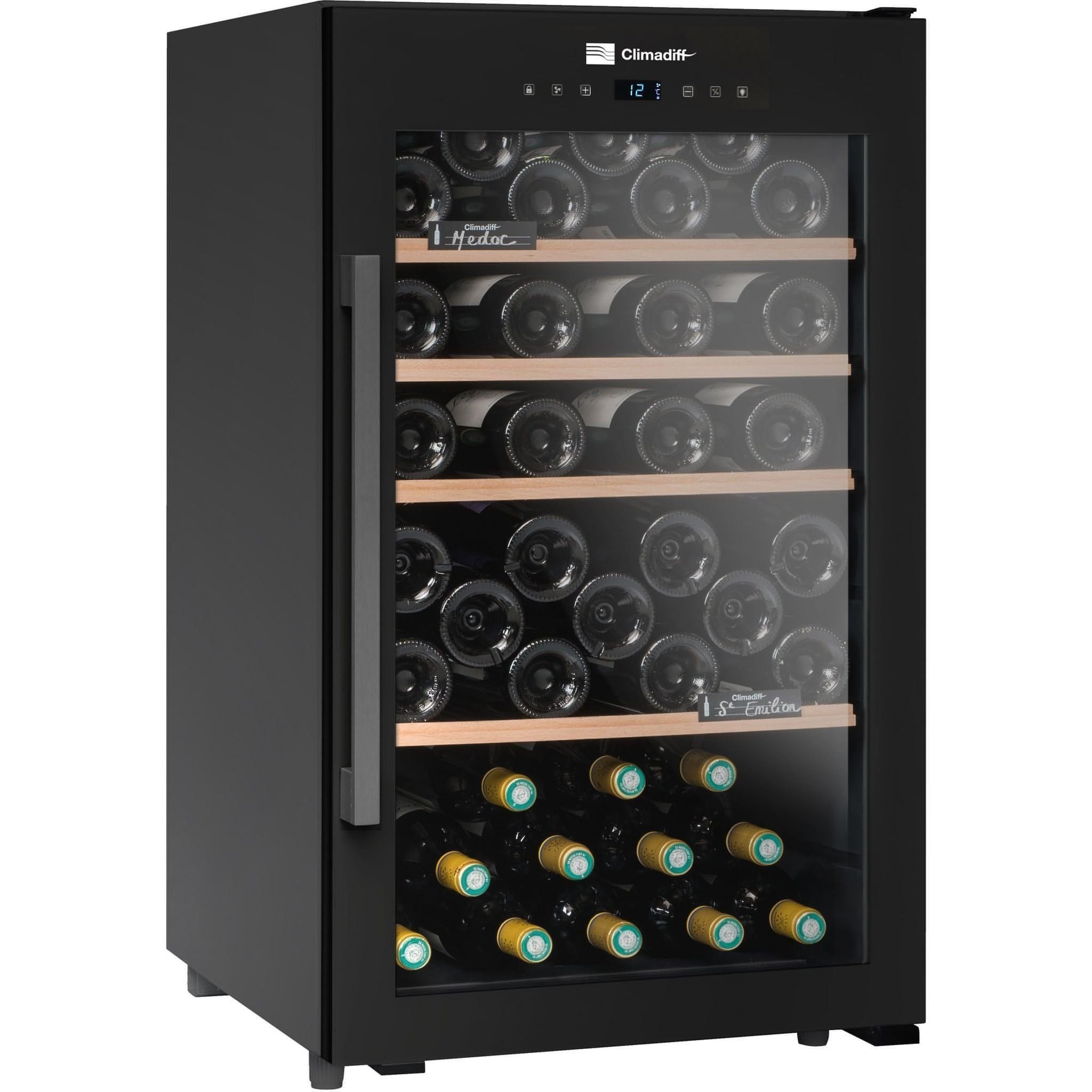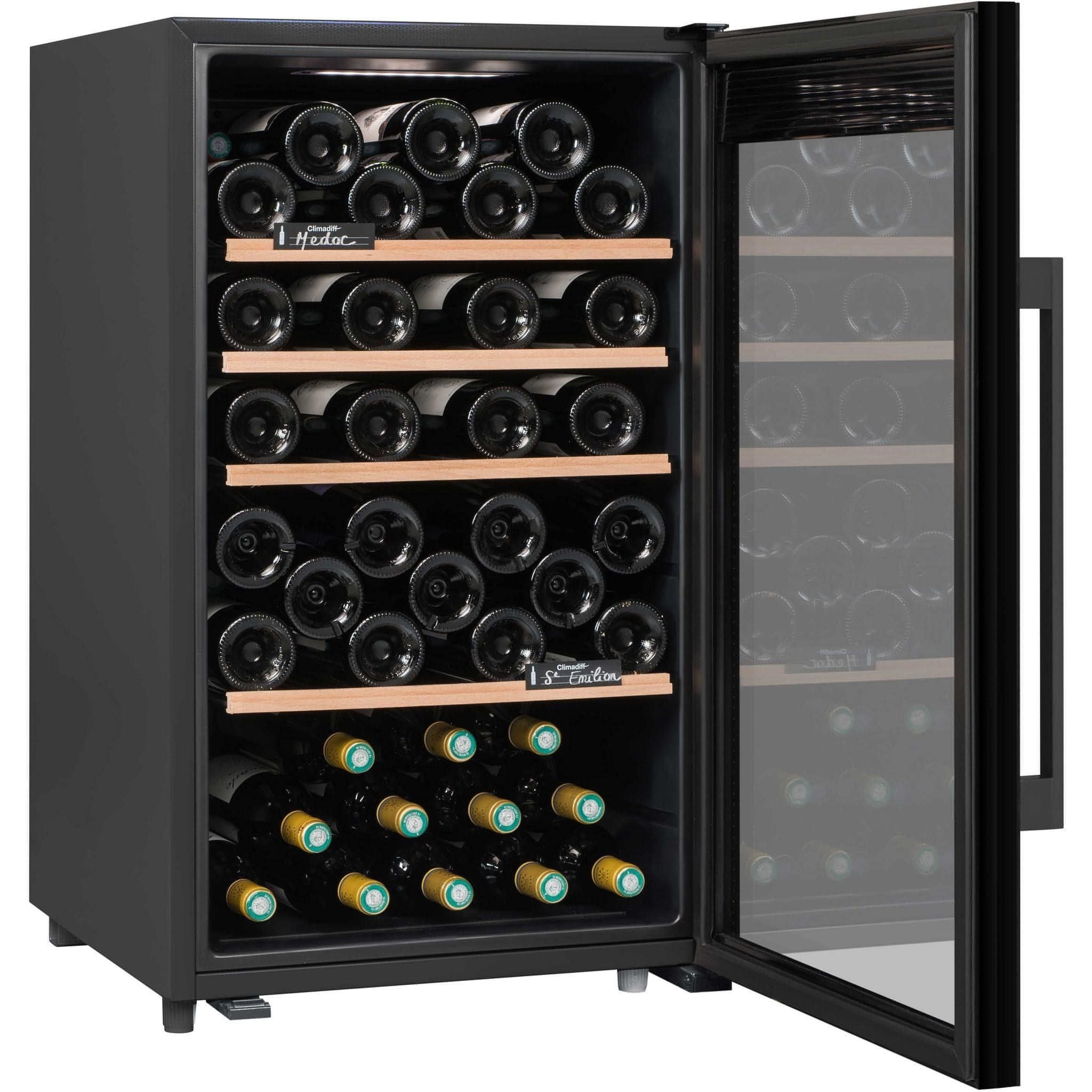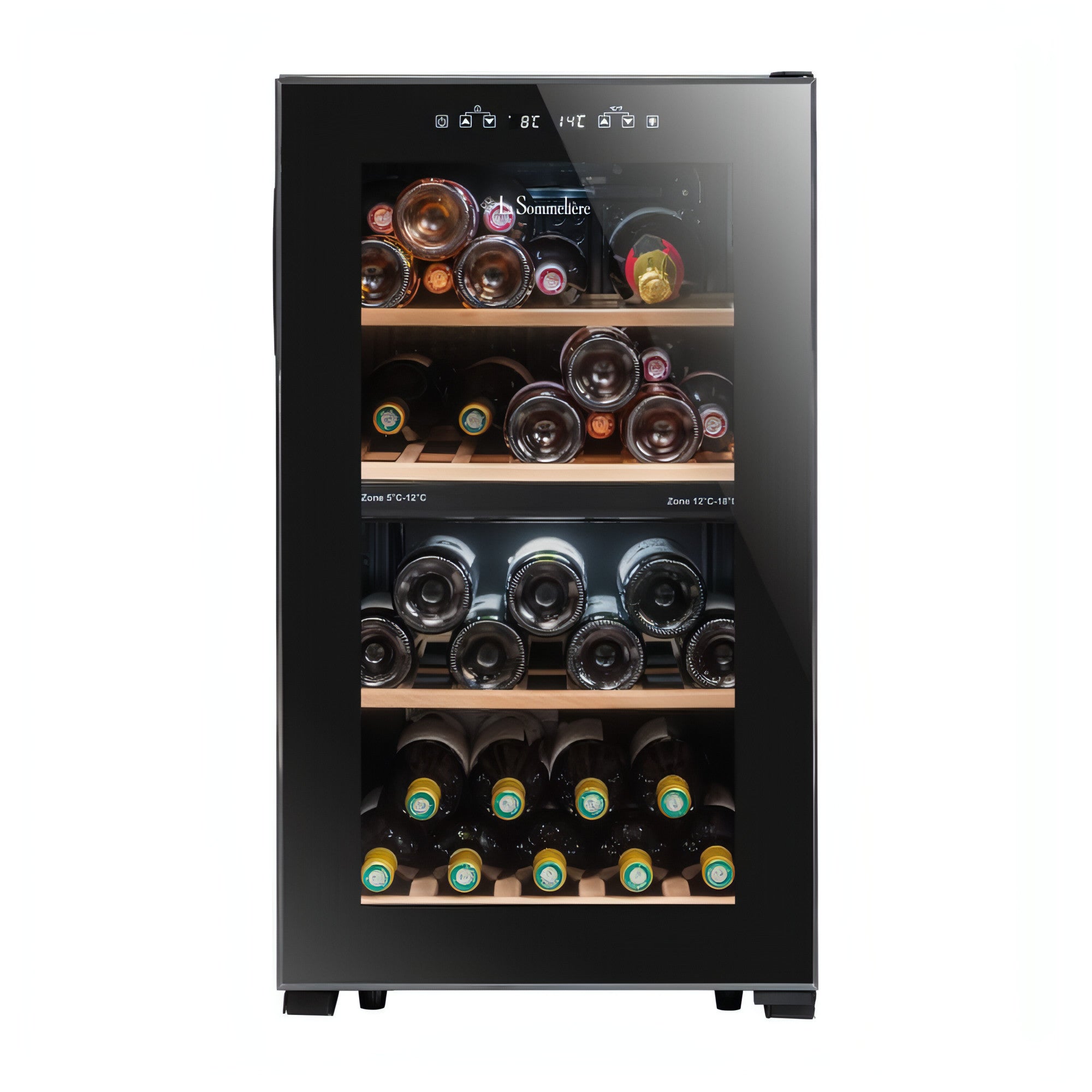When it comes to preserving and serving wine at the perfect temperature, a reliable wine cooler is a must for any wine drinker. Whether you're a seasoned collector or a casual enthusiast, proper storage is key to enjoying wine at its best.
The right wine cooler can make a huge difference to the flavour, aroma, and overall quality of your wines. But which is the best wine cooler to buy?
That’s what we’ll explore today. Read on to discover which wine cooler suits you best, taking into account factors such as capacity, temperature control, design, and value for money.
We’ll also highlight some of the most suitable wine coolers available at Elite Wine Refrigeration to help meet your requirements.
Why Do You Need a Wine Cooler?
A standard kitchen fridge just won’t cut it for wine. Unlike general refrigeration, wine coolers are designed to maintain consistent temperature and humidity levels - a must for preserving flavour and preventing spoilage.
Temperature fluctuations and dry environments can prematurely age wine or alter its composition. A dedicated wine cooler ensures your bottles age gracefully, keeping them at their optimal serving condition and safeguarding your investment.
Key Features of a Good Wine Cooler
Here are some of the main features of a good quality wine cooler:
1. Consistent Temperature Control
Different wines need different storage temperatures. A quality cooler will offer precision settings:
-
Reds: 12–18°C
-
Whites/Sparkling: 7–12°C
Learn all about wine storage and temperature here.
2. Humidity Regulation
Too much or too little humidity can dry out corks or cause mould. Look for coolers with a humidity range of 50–80% to maintain perfect sealing conditions.
3. UV Protection
Light exposure – especially UV – can damage wine. Choose coolers with UV-protected glass doors to shield your bottles.
4. Low Vibration
Vibration disturbs the sediment in wine and affects aging. Opt for coolers with anti-vibration systems for a smoother maturation process.
5. Quiet Operation & Energy Efficiency
For long-term storage, energy efficiency helps reduce bills, while low noise levels are essential for coolers placed in living spaces.
Main Types of Wine Coolers
The right type of wine cooler for you depends on your space, collection size, and wine preferences…
-
Single-Zone Coolers – Perfect for storing one type of wine at a consistent temperature – ideal for casual drinkers who prefer red or white exclusively.
-
Dual-Zone Coolers – Allow separate temperature zones – one for red, one for white. These are ideal for wine lovers with varied collections.
-
Built-in Coolers – Designed to integrate seamlessly with kitchen cabinetry. A space-saving solution for smaller homes or minimalist kitchens.
-
Freestanding Coolers – Flexible placement and usually larger in size. Great for utility rooms, wine cellars, or kitchens with extra floor space.
How Much Space Do You Need for a Wine Fridge?
Think about your collection size and available space, and consider how your needs might grow over time.
For smaller collections, a countertop or under-counter wine cooler may be enough. For larger collections, opt for a freestanding or built-in wine cooler with greater capacity.
If you’re short on floor space, a fully integrated unit is a great option. If floor space is available but cabinet space isn’t, a freestanding model offers flexibility. These can be placed in the garage, kitchen, dining room – wherever suits you best.
Thermoelectric or Compressor?
Wine coolers use different cooling technologies:
-
Thermoelectric wine coolers are quieter, vibration-free, and energy-efficient – ideal for smaller collections.
-
Compressor-based models are more powerful and suitable for larger collections or long-term storage.
Want more detail? Read our blog on the difference between compressor and thermoelectric models.
How Many Temperature Zones Do You Need?
Decide whether you need a single-zone or dual-zone wine cooler.
Single-zone coolers maintain a consistent temperature throughout, making them suitable for those who mainly store one type of wine.
Dual-zone wine coolers offer separate temperature controls for different compartments, ideal for storing both red wine and white wine at their respective optimal temperatures. This means you can store several types of wine at their optimal serving temperatures within the same unit.
What About Style and Appearance?
Choose a wine cooler that fits with your home decor. Options range from sleek stainless steel to wood-panelled designs. Look out for features like:
-
Reversible doors
-
Integrated handles
-
LED lighting for added ambience and visibility
What Extra Features Would You Like?
Look for additional features that can enhance convenience and functionality. Modern wine coolers offer plenty of useful extras, such as:
-
Humidity control
-
UV-protected glass
-
Adjustable shelves for different-sized wine bottles
-
Touchscreen controls
-
Alarms for temperature deviations
At Elite Wine Refrigeration, we stock wine coolers packed with these features – whether you're after a vibration-free compressor, a door lock, or specific lighting options like blue, white or orange LEDs.
How Much Do Wine Fridges Cost?
Be sure to set a budget for your wine cooler purchase. Wine fridge prices vary depending on size, capacity, features, and brand:
-
Entry-level models: £100–£500
-
Mid to premium models: £1,000–£2,000+
Determine your priorities and find the perfect balance between quality and affordability.
Our premium models – such as the SWISSCAVE Premium - 600mm Dual Zone Wine Cooler – come with larger capacity, enhanced features, and high-end finishes. This particular fridge can store over 150 bottles and works as both a freestanding and built-in unit. You can even choose from a range of handle colours: black, red, silver, copper, or gold.
Which Brand is Best?
At Elite Wine Refrigeration, we stock a wide range of trusted wine fridge brands, including:
Swisscave – Renowned for precision engineering and sleek design, Swisscave coolers offer advanced humidity and temperature control, a wide temperature range, and stylish shelving for all wine types.
Artevino (by Eurocave) – A premium choice with exceptional build quality. These fridges are known for luxury finishes, reliable performance, and are a top pick for long-term collectors.
Dunavox – A global leader in premium wine coolers, Dunavox combines cutting-edge technology with stylish aesthetics. Features include anti-vibration systems, UV-resistant glass, and adjustable shelving – ideal for both home and commercial use.
We also stock Liebherr, Vestfrost and other leading names – each offering something unique for your wine storage needs.
Ready to Invest in a Wine Fridge?
At Elite Wine Refrigeration, we’re here to help you choose the ideal wine fridge for your space, style, and collection size.
Whether you're after a compact under-counter cooler or a high-capacity dual-zone unit, our expert team can guide you through every step.
➤ Browse our full range of wine coolers here
➤ Need help choosing? Contact us or call us today for expert advice




